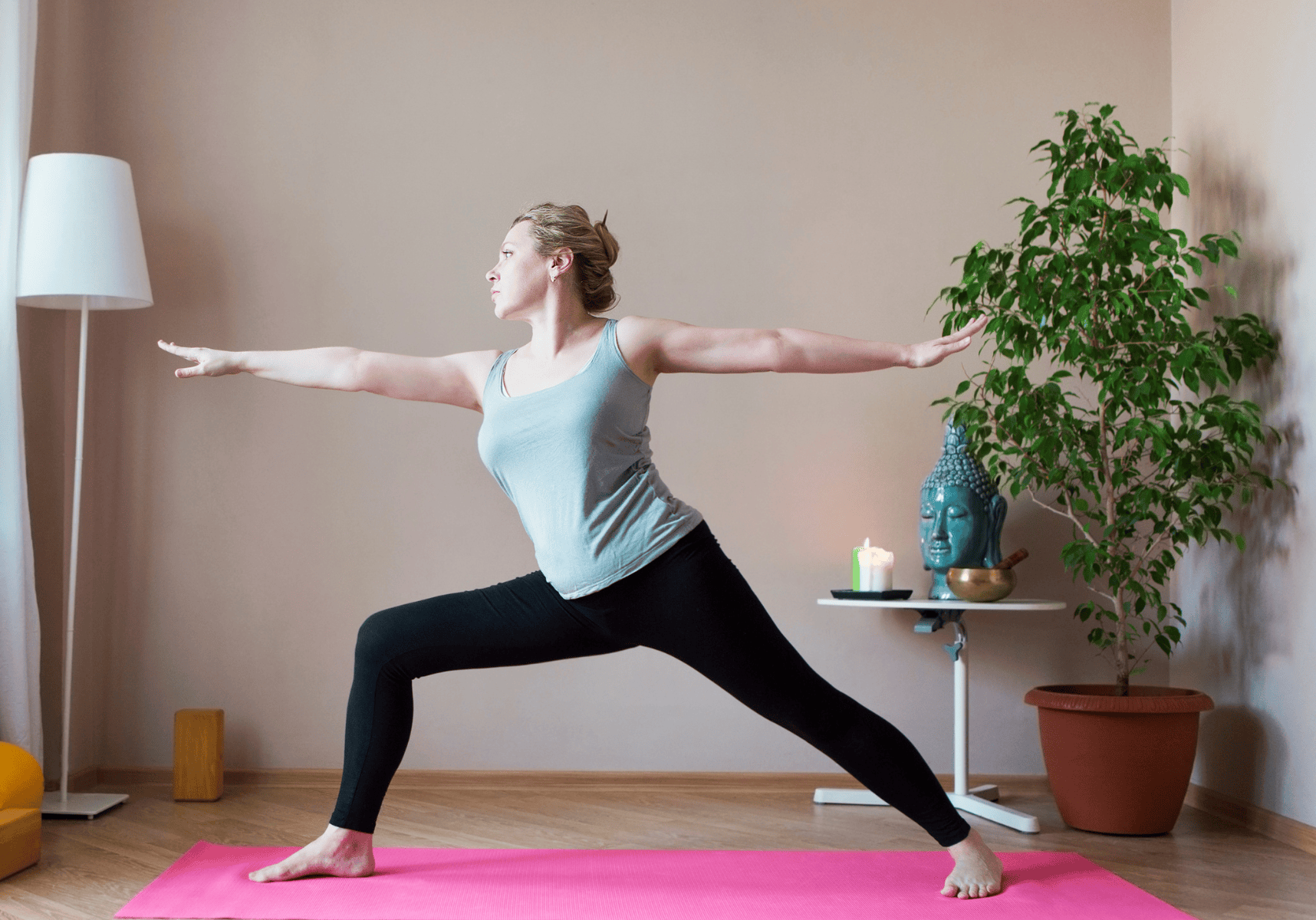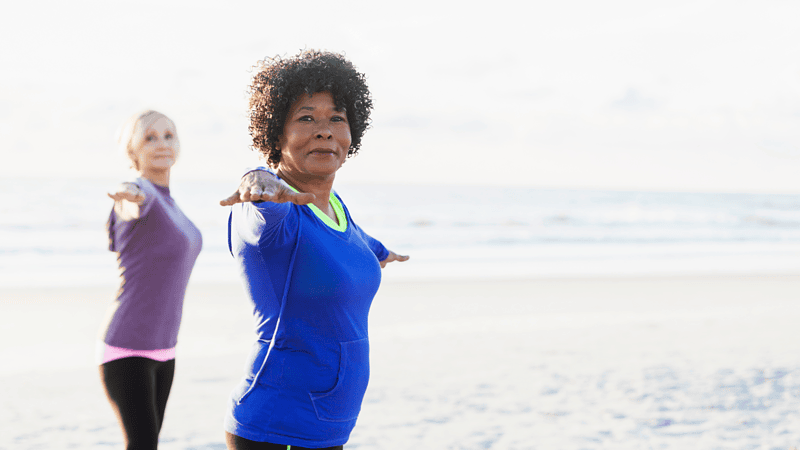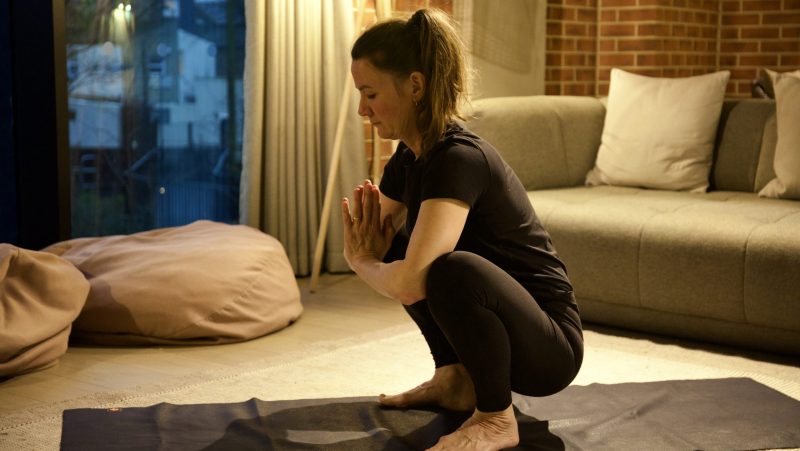
Why Is Yoga One of the Best Exercises for Incontinence?
Yoga Poses to Strengthen Your Pelvic Floor and Ease Incontinence - By Beth Rush
Reading time: 3 minutes
Suffering from incontinence? Here are the best yoga poses to help ease your symptoms.
Although prevalent, incontinence can be a taboo topic, often due to embarrassment or a perception that it’s untreatable. However, if you’re familiar with yoga, you’re aware of its potential to enhance general body flexibility and strengthening.
Does yoga help with incontinence? Here are some yoga poses you can try out to help manage this condition.
What Is Incontinence?
This condition refers to involuntary urine loss, which is often caused by stress, exercise, pregnancy or urinary tract infections (UTIs). According to research, approximately 25 million American adults experience incontinence and it is commonly found among women over age 50.
In some cases, incontinence could be a sign of urethral stricture, which happens when an obstruction in the urethra blocks urine flow and proper bladder performance. Many factors, such as inflammation, STIs and pelvic injury, can cause it, but almost 30% of the causes of this condition are still unknown.
Does Yoga Help With Incontinence?
Practicing yoga can help strengthen your pelvic floor, a group of muscles and tissues sitting along the bottom of your pelvis. The pelvic floss is essential for your bowel, bladder and sexual function, as well as your hip and spine stability. If you have incontinence, exercises targeted to your pelvic floor can help ease symptoms.
Yoga Poses for Reducing Incontinence
Discover yoga poses that can help alleviate symptoms of incontinence. Before starting your practice, visit your doctor to ensure these exercises suit you.
Balasana (Child’s Pose)
This pose helps stretch back muscles and your hips, allowing your pelvic floor to expand:
- Kneel and sit on your knees, stretch your arms and lean forward.
- Keep your buttocks pressed on your heels, then press your forehead on the mat.
- Keep palms straight, inhale and slowly exhale
- Keep this position for at least eight breaths.
Supta Baddha Konasana (Reclined Bound Angle)
Stretching your inner thighs helps stimulate your bladder and activate muscles more deeply:
- Lie on the mat with the soles of your feet touching and let your knees fall to the side.
- Slowly release tension in your hips by taking deep breaths.
- Stretch your arms above your head or to the sides, palms facing up.
- Hold the pose for up to three minutes.
Ananda Balasana (Happy Baby)
This pose helps stretch muscles around the hips and elongates pelvic floor muscles, helping loosen tightness around the area:
- Lie on the mat facing up, then bring your knees close to your chest.
- Form 90-degree angles using your legs, with your soles facing the ceiling.
- Grab the outer sides of your feet while keeping your head and chest flat on the mat.
- Hold for up to three minutes.
Malasana (Static Squat)
This position helps lengthen and strengthen your pelvic floor, providing deep flexion of the hips.
- Stand with your feet slightly wider than hip-width apart.
- Squat slowly and bring elbows inside your knees, pressing them apart.
- Press your palms together and keep your back straight.
- Hold for 10-20 seconds.
Help Relieve Incontinence With Yoga
Yoga can be an excellent exercise for strengthening pelvic floor muscles while relaxing the body and mind, which can positively impact managing incontinence. Perform any of these poses religiously to reap the benefits of this practice.





